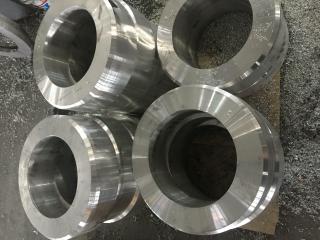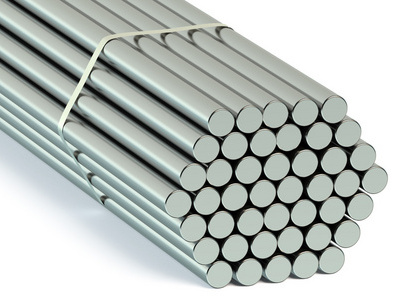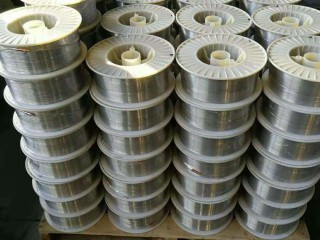
Nimonic75 high temperature alloy
Description
1. Introduction to Nimonic 75 Materials
Nimonic 75 (corresponding to grade UNS N06075 / W.Nr. 2.4952, 2.4630, Nicrofer 7520) is an 80/20 nickel-chromium alloy. Nimonic75 is composed of nickel, chromium, molybdenum, aluminum and other elements. Also known as nickel-based high-temperature alloy. Controllable addition of titanium and carbon. Nimonic 75 has good mechanical properties and oxidation resistance at high temperatures. Its chemical composition is precisely proportioned, making this alloy excellent high-temperature mechanical properties and creep resistance. The melting point of Nimonic75 can reach 1393°C, so it can still maintain stable performance under high temperature environments. It is most commonly used in sheet metal manufacturing that requires oxidation resistance and oxidation resistance as well as moderate strength at high operating temperatures. The Nimonic 75 was first introduced as a turbine blade in the 1940s. The Nimonic 75 is easy to manufacture and weld and is also used in gas turbine engines, industrial furnace components, heat treatment equipment and fixtures, and nuclear engineering.
2. Chemical composition of Nimonic75
Ni Ni residue Cr19.0-21.0 Cobalt Co≤5.0 Iron Fe≤5.0 Carbon C0.08-0.15 Manganese Mn≤1.0 Silicon Si≤0.03 Sulfur S≤0.15 Phosphorus P≤0.015 Aluminum Al≤0.40 Ti Ti 0.20-0.50 Copper Cu≤0.50 Lead Pb≤0.005
3. Nimonic 75 physical properties
Nimonic75 density: 8.3
Nimonic75 melting point: 1374-1420℃
expansion coefficient 11.0 μm/m °C (20 – 100°C)
Rigid modulus 75.6 kN/mm²
Elastic modulus 206 kN/mm²
IV. Application fields
It is mainly used in aerospace, gas turbine engines, industrial furnace components, heat treatment equipment and fixtures, and nuclear engineering.


